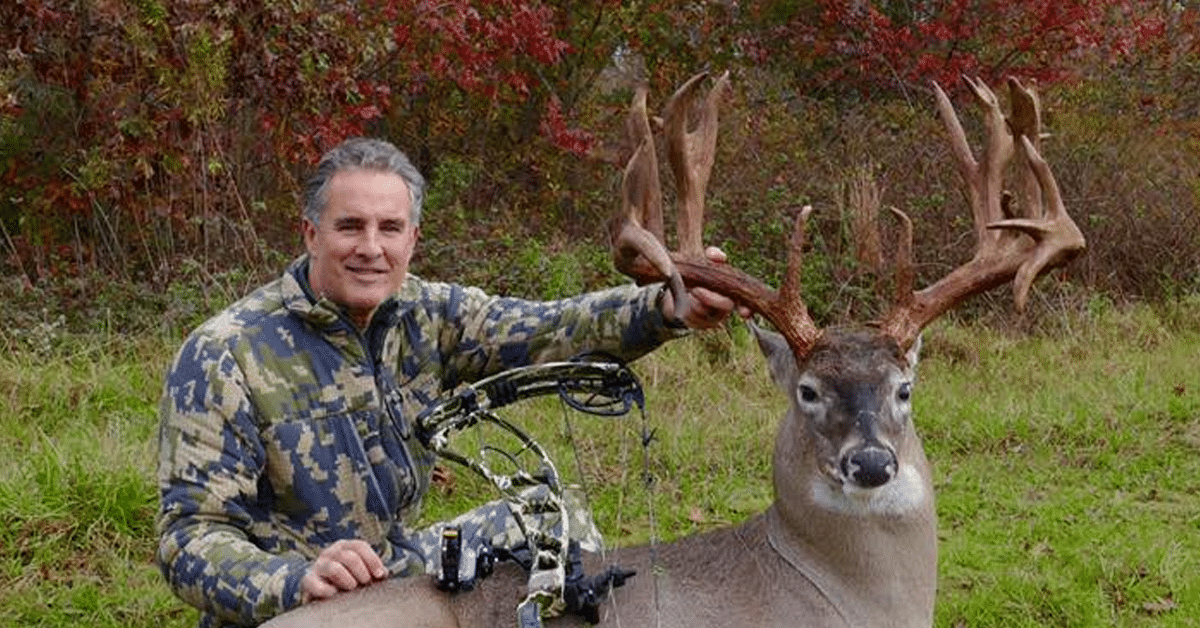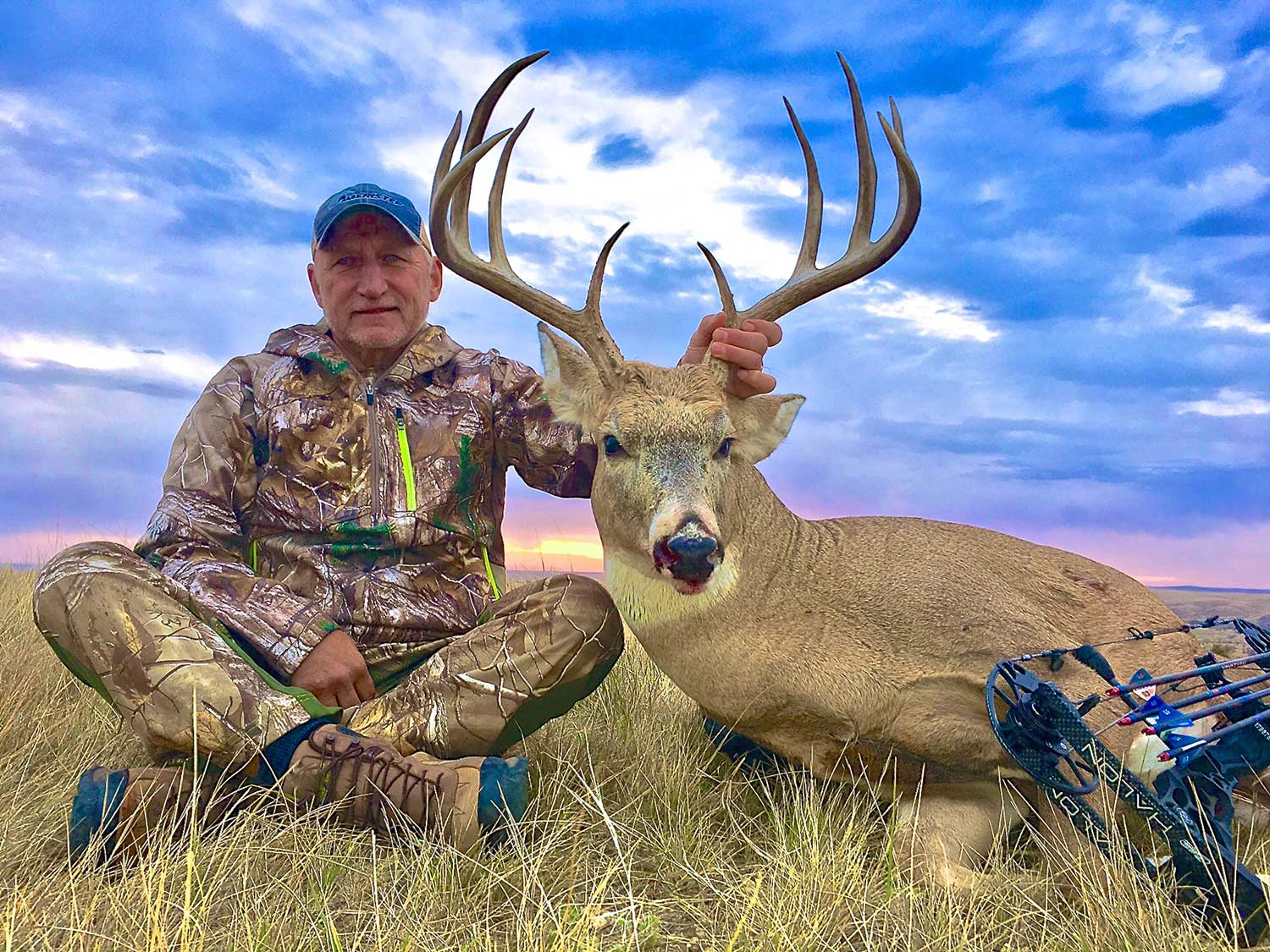Pictures Of 150 Class Whitetail Deer: A Comprehensive Guide For Enthusiasts
Ever wondered what makes a 150-class whitetail deer so special? Well, let me tell you, these majestic creatures are more than just animals—they're icons of the wild. If you're into hunting, wildlife photography, or simply appreciate nature's beauty, then understanding the world of 150-class whitetail deer is a must. This article dives deep into everything you need to know about these stunning deer, including their characteristics, where to find them, and some mind-blowing pictures that'll leave you in awe.
You might think all deer look the same, but trust me, there's a whole lot more to it. The 150-class whitetail deer stands out for its impressive antlers, size, and overall presence. Whether you're a seasoned hunter or just someone who loves marveling at nature's wonders, this guide will give you insider knowledge on how to identify and appreciate these magnificent beasts.
So, buckle up because we're about to take you on a journey through the world of whitetail deer, focusing on those elusive 150-class beauties. From breathtaking pictures to expert tips, this article has got you covered. Let's dive in!
Read also:Cool Customer Denver The Ultimate Guide To Captivating Clients In The Mile High City
Table of Contents
- What is a 150-Class Whitetail Deer?
- Physical Characteristics of 150-Class Whitetail Deer
- Where to Find 150-Class Whitetail Deer
- Best Places for Capturing Stunning Pictures
- Photography Tips for Stunning Deer Pics
- The Hunting Perspective: Why 150-Class Deer Matter
- Conservation Efforts for Whitetail Deer
- Famous 150-Class Whitetail Deer in History
- Common Mistakes When Photographing Deer
- Conclusion: Why Pictures of 150-Class Whitetail Deer Inspire Us
What is a 150-Class Whitetail Deer?
Let's start with the basics. A 150-class whitetail deer refers to bucks whose antlers score at least 150 points on the Boone and Crockett scoring system. This system measures the size and symmetry of the antlers, making it a benchmark for hunters and wildlife enthusiasts alike. These deer aren't just big; they're the cream of the crop when it comes to whitetail deer.
Why the 150-Class Matters
Here’s the deal: achieving a 150-class status isn't easy. It takes years of growth, good genetics, and a healthy environment for a buck to develop such impressive antlers. That's why spotting one in the wild is a rare treat. Whether you're a hunter or a photographer, seeing a 150-class whitetail deer is like witnessing a piece of art come to life.
And let's not forget the prestige. Hunters often dream of bagging a 150-class buck, and photographers drool over the chance to capture their majestic beauty. It's not just about the animal itself—it's about the challenge and the thrill of the pursuit.
Physical Characteristics of 150-Class Whitetail Deer
Now that we know what a 150-class whitetail deer is, let's talk about what makes them stand out. These deer aren't just big; they're built like royalty. Here's a breakdown of their key physical traits:
- Antlers: The defining feature of a 150-class buck is its antlers. These can span up to 20 inches or more on each side, with multiple points creating an awe-inspiring crown.
- Size: These bucks are typically larger than average, weighing anywhere from 200 to 300 pounds. Their robust build is a testament to their strength and vitality.
- Coat: During the fall, their coats turn a rich brown color, blending perfectly with the forest floor. This natural camouflage makes them harder to spot but adds to their allure.
So, when you're out in the wild, keep an eye out for these telltale signs. A 150-class whitetail deer isn't just any deer—it's a masterpiece of nature.
Where to Find 150-Class Whitetail Deer
Now, here's the million-dollar question: where can you find these elusive beauties? While they can be spotted in various parts of North America, certain regions are more famous for producing trophy-class whitetail deer.
Read also:Cowboy Coffee Company Your Ultimate Coffee Adventure Starts Here
Top Locations for Spotting 150-Class Bucks
- Iowa: Known as the "Buck State," Iowa consistently produces some of the largest whitetail deer in the world. Its fertile soil and ideal habitat make it a hotspot for 150-class bucks.
- Illinois: Another state that's famous for its trophy deer, Illinois offers a mix of agricultural fields and wooded areas, creating the perfect environment for big bucks to thrive.
- Texas: With its vast ranchlands and diverse ecosystems, Texas is home to many 150-class whitetail deer, especially in the Hill Country region.
Whether you're planning a hunting trip or just want to snap some amazing photos, these locations are worth considering. But remember, patience is key when it comes to finding these elusive creatures.
Best Places for Capturing Stunning Pictures
For wildlife photographers, capturing pictures of 150-class whitetail deer is the ultimate challenge. But where do you go to get that perfect shot? Here are some of the best places to consider:
- National Parks: Places like Custer State Park in South Dakota offer opportunities to see large herds of deer in their natural habitat.
- Wildlife Refuges: These protected areas provide a safe haven for deer, making it easier to get close-up shots without disturbing them.
- Private Ranches: Many ranches in Texas and other states offer guided photo tours, giving photographers access to some of the best deer habitats.
Remember, the key to great photography is understanding your subject. Spend time observing the deer's behavior and habits to anticipate the perfect moment for your shot.
Photography Tips for Stunning Deer Pics
Alright, let's talk photography. If you want to capture breathtaking pictures of 150-class whitetail deer, here are some tips to keep in mind:
- Use the Right Equipment: Invest in a good camera with a telephoto lens to get close-up shots without disturbing the deer.
- Be Patient: Deer are creatures of habit, so spend time in the area to learn their routines and anticipate their movements.
- Blend In: Wear muted colors and avoid sudden movements to avoid spooking the deer. You want them to feel comfortable in your presence.
And don't forget, the best pictures often happen when you least expect them. So, always keep your camera ready and be prepared to seize the moment.
The Hunting Perspective: Why 150-Class Deer Matter
For hunters, the allure of a 150-class whitetail deer is undeniable. These bucks represent the pinnacle of success in the hunting world. But what makes them so special?
Firstly, their size and antler structure make them a challenging target. Hunting a 150-class buck requires skill, patience, and a deep understanding of deer behavior. Secondly, bagging such a trophy is a badge of honor, showcasing the hunter's expertise and dedication.
But hunting isn't just about the kill. It's about respecting the animal and appreciating its magnificence. Many hunters take great pride in preserving the memory of their 150-class buck through mounts and photos.
Conservation Efforts for Whitetail Deer
As we marvel at the beauty of 150-class whitetail deer, it's important to remember the role conservation plays in their survival. Habitat loss, climate change, and other factors threaten these majestic creatures. That's why conservation efforts are crucial.
Organizations like the Quality Deer Management Association (QDMA) work tirelessly to protect and enhance deer habitats. Through education, research, and advocacy, they ensure that future generations can enjoy the presence of these magnificent animals.
So, whether you're a hunter, photographer, or nature lover, supporting conservation efforts is a great way to give back to the wildlife community.
Famous 150-Class Whitetail Deer in History
Throughout history, there have been some legendary 150-class whitetail deer that have captured the imagination of hunters and wildlife enthusiasts alike. Here are a few of the most famous:
World Record Bucks
- Boone and Crockett Record: The current world record for a non-typical whitetail deer is held by a buck harvested in Missouri, scoring an incredible 333 7/8 points.
- Illinois Legends: Illinois has produced several record-breaking bucks, including the "Jackson County Buck," which scored over 200 points.
These legendary deer not only inspire awe but also highlight the importance of preserving their habitats for future generations.
Common Mistakes When Photographing Deer
Even the best photographers make mistakes when capturing pictures of 150-class whitetail deer. Here are a few common pitfalls to avoid:
- Getting Too Close: Deer are wild animals, and getting too close can spook them. Always maintain a safe distance and use a telephoto lens to get those close-up shots.
- Ignoring the Light: Lighting is crucial in photography. Early morning and late afternoon offer the best lighting conditions for capturing stunning deer pics.
- Not Being Patient: Deer don't follow schedules, so patience is key. Spend time in the area and wait for the perfect moment to capture your shot.
By avoiding these mistakes, you'll increase your chances of capturing breathtaking images of 150-class whitetail deer.
Conclusion: Why Pictures of 150-Class Whitetail Deer Inspire Us
As we wrap up this guide, it's clear that pictures of 150-class whitetail deer have a special place in our hearts. Whether you're a hunter, photographer, or nature lover, these majestic creatures inspire awe and admiration. Their size, strength, and beauty remind us of the wonders of the natural world.
So, the next time you're out in the wild, keep an eye out for these magnificent beasts. And if you're lucky enough to capture a stunning picture or encounter one in person, consider yourself blessed. Remember, the world of 150-class whitetail deer is a treasure worth exploring.
Feel free to share your own experiences or leave a comment below. Who knows, your story might just inspire someone else to embark on their own deer adventure!


